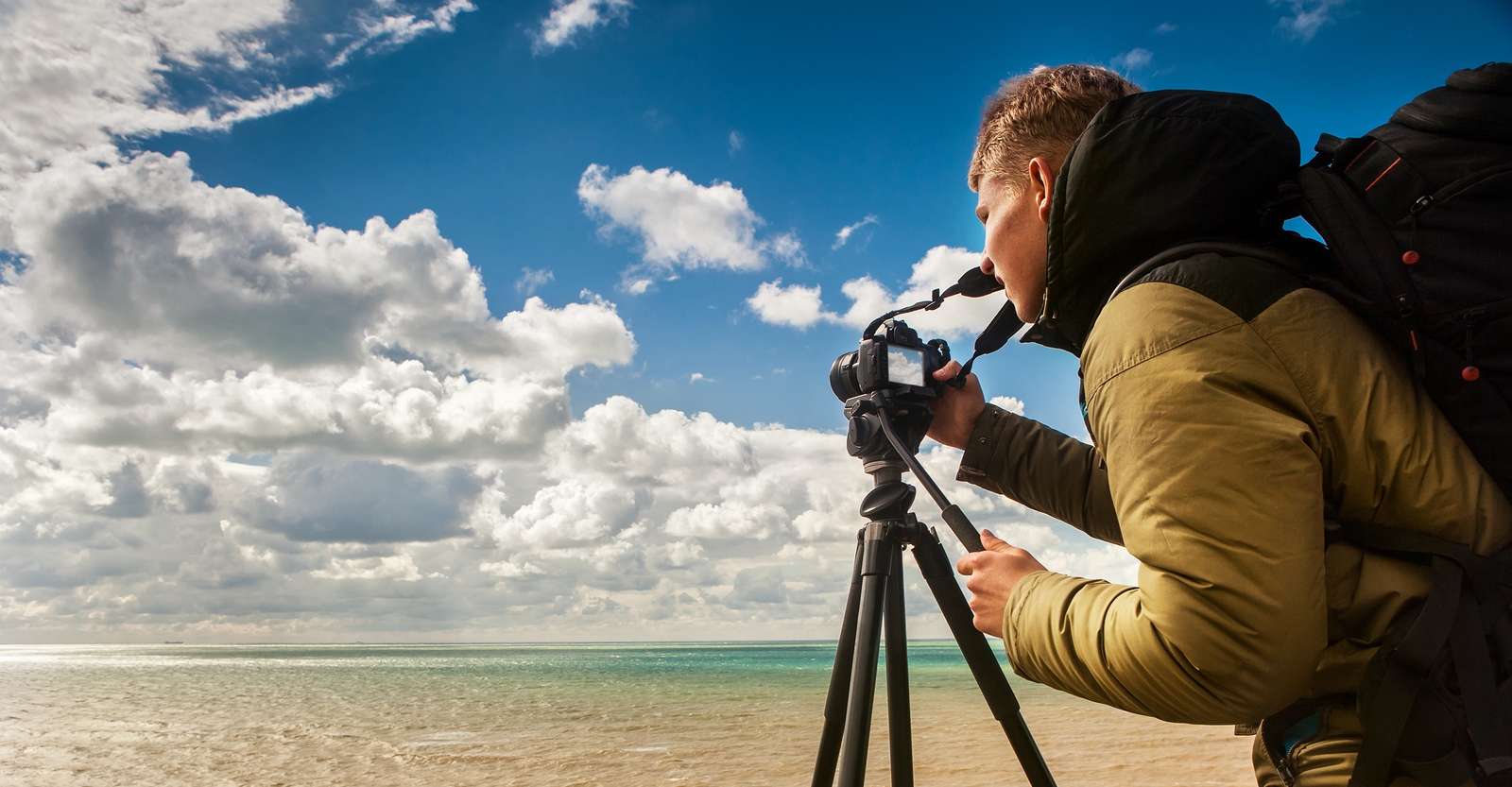John Gregor over at Outdoor Photographer has put together a guide for shooting fascinating landscapes.
Besides different camera settings you will get tips on using the right gear for your photos, including different kinds of filters, tripods and more. Start creating landscape images that will make the viewers speechless but not emotionless!
There are two varieties of filters photographers can use:
Thread-on filters: round filters that thread onto the front of the lens, or;
Frame filters: square or rectangular filters that fit into a special filter frame, which is attached to the front of the lens.
Working with filters is typically done under light conditions that are rapidly changing—seconds can make the difference between getting the image and missing the prime light. Frame filters allow me to make rapid changes; I don’t have to thread and unthread the filter to the front of the lens, which may disrupt my focus or move my composition.
In addition, the graduated neutral-density filters of the thread-on variety fix the horizon position in the dead-center of the composition, which is the least desirable placement, whereas the frame filters allow the photographer to position the horizon anywhere in the composition.
How Much Density Do You Need In A Neutral-Density Filter?
Neutral-density filters come in a wide array of densities. Some filter manufacturers refer to ƒ-stops to indicate the density of a filter, such as a “3-stop ND filter,” which means it filters out 3 stops worth of light. Other manufacturers use an ND number system, so a 3-stop ND filter would be referred to as an “ND 0.9 filter,” or a 6-stop ND filter would be referred to as an “ND 1.8 filter.” Under the ND number system of nomenclature, the ƒ-stop is divisible by 0.3. This can cause some confusion; however, you should just note that if there’s a 0 in front of or a decimal point in the ND number, the manufacturer is using the ND number system, not the total number of ƒ-stops the filter blocks. My favorite ND filters are the 3-stop (ND 0.9), 6-stop (ND 1.8) and 10-stop (ND 3.0) varieties.Graduated neutral-density filters are applied in situations where the sky is much brighter than the foreground. In landscape photography, this can happen much of the time, particularly during sunrise or sunset when the light is most desirable. The filters are clear on one end and transition to neutral density on the other.
Long Or Really Long Shutter Speeds?
Texture in a landscape image can be the result of many factors: subject surface, lighting or composition. It can also be the result of movement recorded with either a fast or slow shutter speed. Texture created by the movement of the subject can be manipulated to create different desired results of either smooth or rough, or something in between. Rivers, streams, waterfalls, waves, grasses, flowers or leaves blowing in the wind are all great subject matter that can provide for the manipulation of texture. Long shutter speeds—1 second or longer—can create spectacular effects. The question is, how long? Longer isn’t always better. It will depend, in part, on how much texture—or lack of texture—you want.Using and applying neutral-density and graduated neutral-density filters to a scene requires a slightly different approach than what many photographers are used to. Careful selection of vantage point, lens, composition, depth of field and point of focus and a predetermined vision of the final image are the hallmarks of a seasoned landscape photographer. Adding a timed exposure of 10, 20, 30 seconds or more into the mix, during which the subject changes and moves, adds an entirely new dimension to the image-making process. It requires you to carefully control all aspects of the image-making process up to the point of opening the shutter—then you must let go of the process and trust to providence that the forces in front of your lens will grace you with a beautiful image.
Read the full article over at Outdoor Photographer.
Source: Outdoor Photographer

